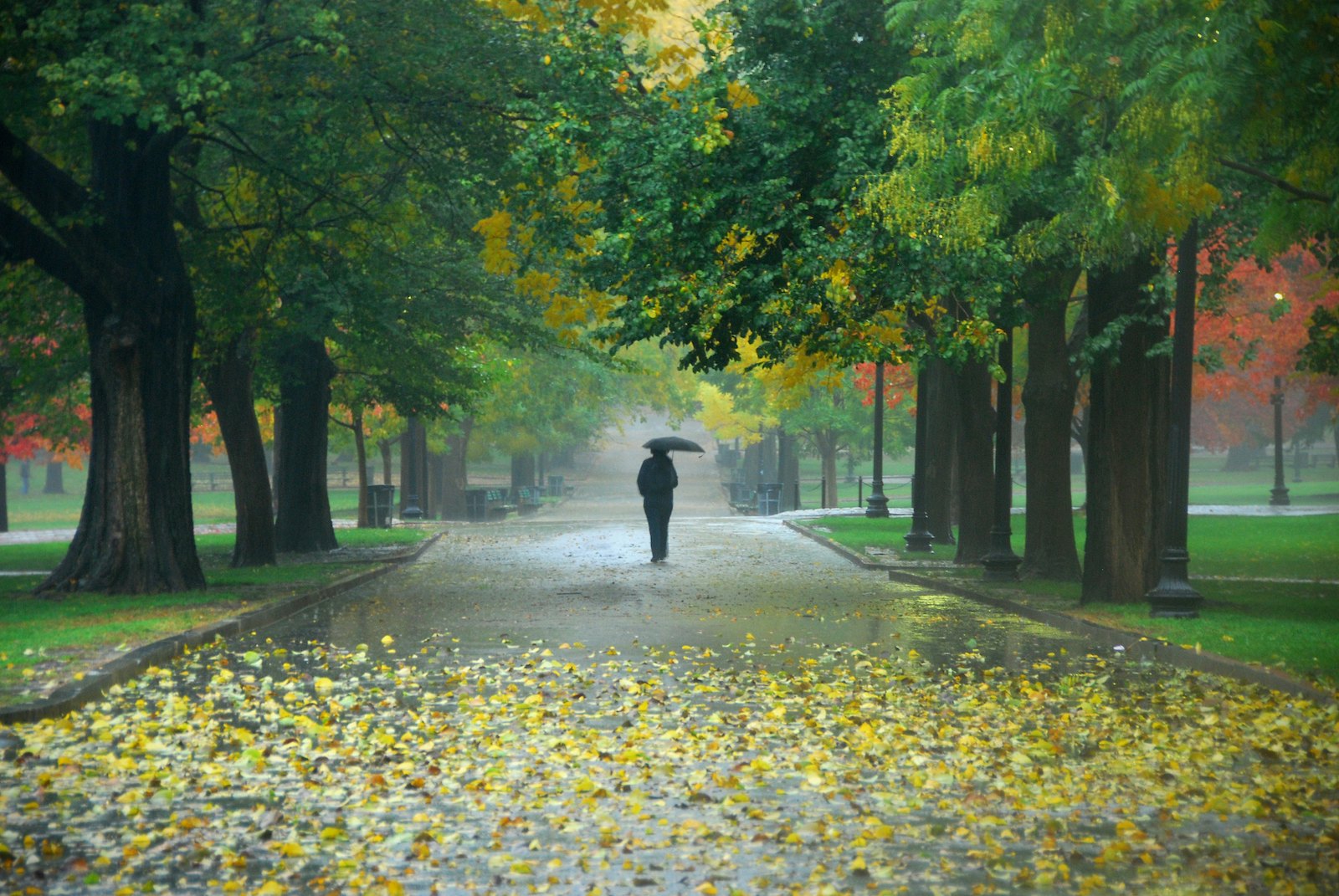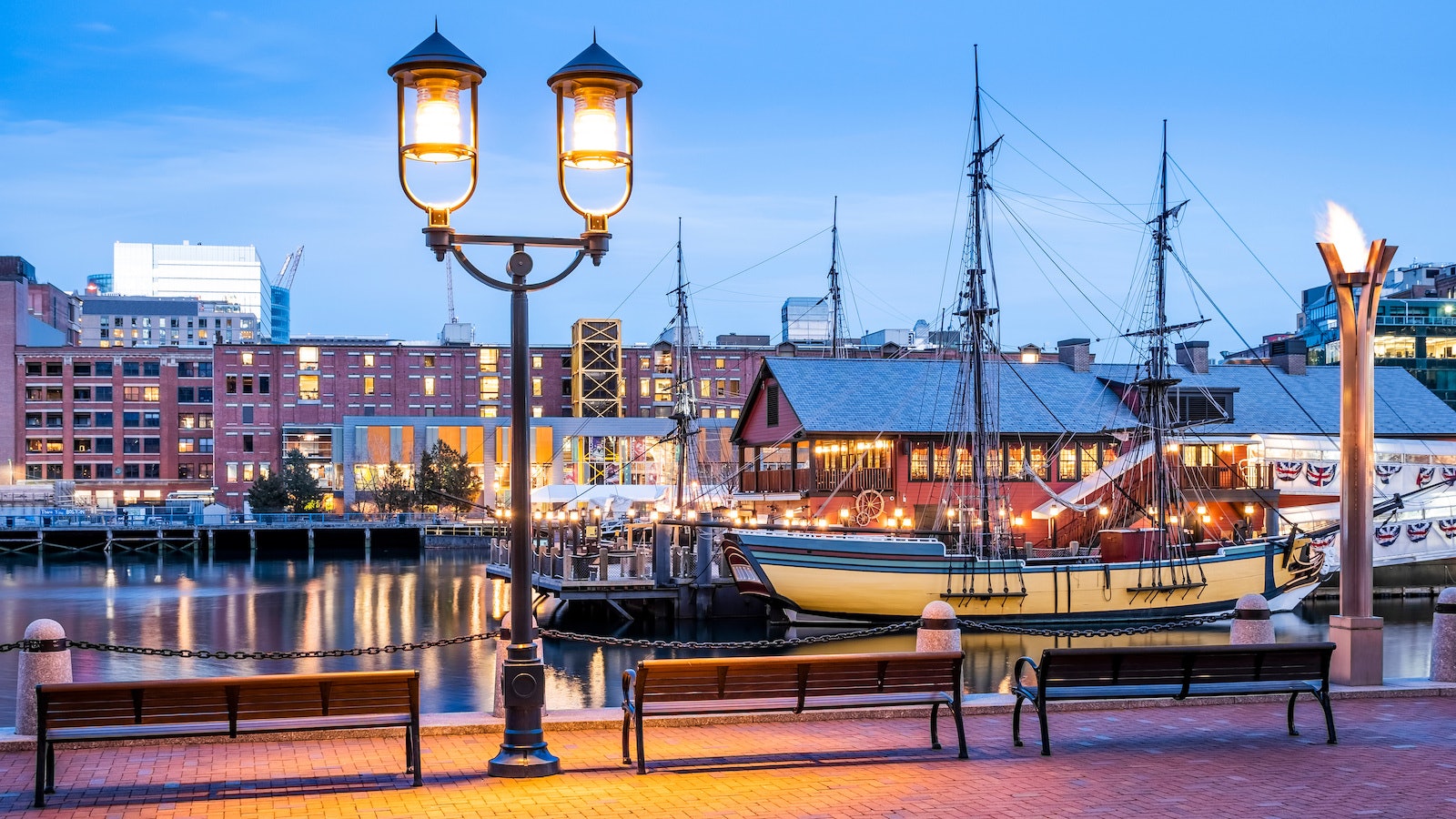
The 30 best countries, cities and regions to visit in 2025

Sep 30, 2019 • 4 min read

From the country’s first university to the movement for independence, Boston has long been a city of innovation and learning, revolution and change. Still today, the institutions of education and purveyors of technology fuel this place with energy and ideas that keep it charging ever forward.

Boston’s love affair with learning began in 1636, with the foundation of Harvard University. The university’s nearly four centuries of intellectual pursuit are on display around the campus, from the exquisite glass flowers at the Museum of Natural History to the archeological finds at the Peabody Museum of Archeology & Ethnography. The little known Collection of Historical Scientific Instruments showcases some of the tools that facilitated so much scholarly progress.
In the 21st century, Harvard has declared its campus a ‘living laboratory’ to develop and test strategies to improve health and address climate change. One outcome of its efforts is the Smith Campus Center. Behind the recently renovated Brutalist façade is a light-filled interior, its hydroponic walls growing with some 19 species of indigenous greenery. The walls are irrigated with storm water runoff from the roof. The primary activities going on here are resting and refueling, studying and socializing; student performances, movie nights and chess tournaments are also frequent occurrences. The building is designed to foster wellness, community and sustainability.
Across town, the Massachusetts Institute of Technology is renowned for its innovations – not only in science, but also in art, architecture and design. Some unexpected examples are on display at the MIT Museum, but the entire campus is a showcase for the university’s commitment to inquiry and creativity. The greens are graced by Modernist architecture, such as the mid-century modern MIT chapel, a windowless cylinder designed by Eero Saarinen, right next door to his copper-domed Kresge Auditorium. More recent construction includes the Stata Center, designed by Frank Gehry in his signature Seussian style, and the New Media Lab, all glass and light, designed by Fumihiko Maki. The biggest surprise about MIT is that every nook, cranny and courtyard sports some stunning piece of public art, including works by Alexander Calder, Pablo Picasso, Henry Moore, Sol LeWitt and others. The university’s progressive percent-for-art program stipulates that all new construction must include in its budget a percent line item for public art. This, at the country’s leading academy of science.

Boston has long been visionary in the area of urban design. Way back in 1634, Boston Common was established as a public park – the first in the country – open to all for recreation, celebration and cow grazing. (And also executions, but we won’t go there.) Beneath the Common runs the country’s oldest subway line, an early attempt to cut down on congestion in the city center.
In more recent years, bold thinking created the Rose Kennedy Greenway, now a magnificent urban green space where used to be a hulking elevated highway. This winding walkway connects the city to the seafront with fountains, gardens and markets. Whimsical art exhibits dot the Greenway, from giant murals to neon signs to floating sculptures in the sky.
Across the Fort Point Channel is the Seaport District, once reserved for parking lots and fishing docks. In 2010 it was declared an Innovation District – again, the country’s first of such – to attract investment and ideas. Less than a decade later, the seaside neighborhood is abuzz with workers, residents and visitors, bustling between the start-up companies, co-working spaces, restaurants, residences, conference facilities and of course coffee shops. Not to mention, one fantastic Institute for Contemporary Art.

In recent years, even eating in Boston has become an opportunity to experiment with new ingredients, methods and technologies. Four hungry MIT grads teamed up with a Michelin-starred chef to create Spyce, a restaurant where all the food is prepared by robots. A former Harvard professor opened ArtScience, a ‘cafe and culture lab’ for exploring the intersection between food, science and art. And in nearby Somerville, Tasting Counter sells all-inclusive tickets to its nightly performance – a nine-course ‘multisensory experience’ featuring local ingredients and global cooking techniques.

Boston’s biggest claim to fame – historically speaking – is its role in the movement for US independence. Here, the Sons of Liberty fomented revolution – a story that is documented along the city’s Freedom Trail and at the Boston Tea Party Ships & Museum. And from here, British soldiers marched to nearby Lexington and Concord, where they would face the colonial Minute Men in the conflict’s first battles.
But this revolutionary spirit is not just a lesson for the history books. Boston continues to foment change, which ripples out from ‘the Hub’ to the rest of the country and beyond. In areas of scholarly pursuits, urban design, even culinary arts, Boston is at the cutting edge of the future.
Everyday explorations in Brooklyn: New York City’s trendsetter
Everyday explorations in Manhattan: New York’s resonant heartbeat
Everyday explorations in Atlanta: cultural capital of the South
Everyday explorations in Los Angeles: city of ceaseless dreams
Produced by Lonely Planet for Ford Motor Company. All editorial views are those of Lonely Planet alone and reflect our policy of editorial independence and impartiality.